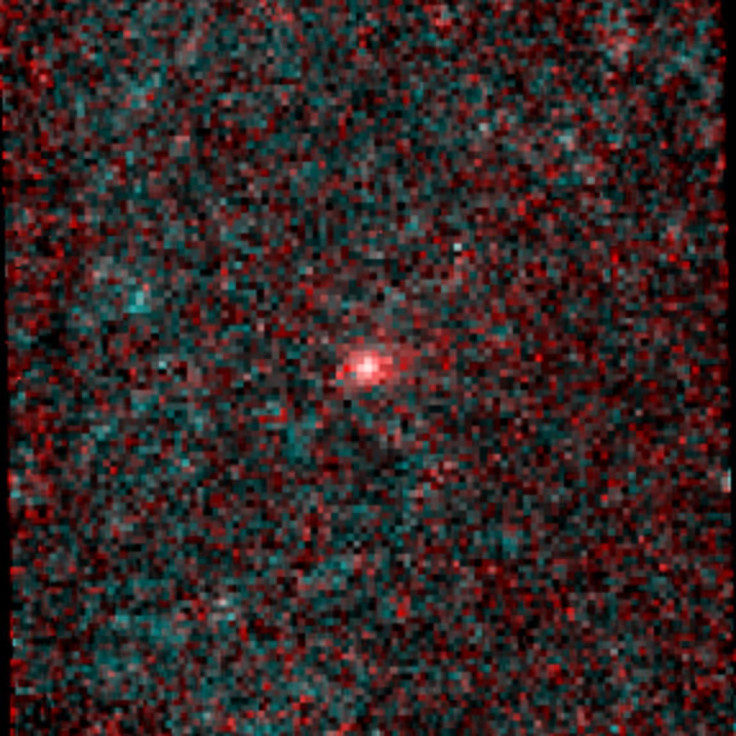NASA NEOWISE Spacecraft Discovers A New Comet, C/2014 C3 Spotted 143 Million Miles From Earth
NASA’s Near-Earth Object Wide-field Infrared Survey Explorer (NEOWISE) has had an interesting history, including a former life as an asteroid-hunting spacecraft and later put into hibernation. The space agency woke NEOWISE up for a new three year mission in September 2013 and it has spotted its first comet.

NEOWISE first observed the comet when it was 143 million miles from Earth. The team of astronomers, led by Amy Mainzer, NEOWISE principal investigator from NASA’s Jet Propulsion Laboratory, is working on defining the orbit of comet C/2014 C3 (NEOWISE), including where it originated from.
One interesting the team has already discovered about the comet is its unique orbit. Mainzer said in a statement, “This comet is a weirdo - it is in a retrograde orbit, meaning that it orbits the sun in the opposite sense from Earth and the other planets.” The spacecraft observed the comet six more times and observations from the Minor Planet Center, located in Massachusetts, and the Spacewatch Project confirmed the discovery.
The Wide-field Infrared Survey Explorer (WISE) spacecraft was launched in 2009 and decommissioned after two years after its hydrogen coolant ran out. NASA repurposed the spacecraft to search for Near-Earth Objects, such as comets and asteroids, and was reborn as NEOWISE in September 2013.
According to NASA, NEOWISE project has detected around 158,000 asteroids, 34,000 of which are new discoveries, and 700 Near-Earth Objects. The project has also detected 155 comets, 21 being new discoveries. Since being reactivated, the NEOWISE spacecraft discovered a near-Earth asteroid, 2013 YP139, in addition to the newly-discovered comet.
NEOWISE is one part of NASA's efforts to track potentially hazardous Near-Earth objects. The spacecraft can detect asteroids and comets early and gives astronomers new insights to the composition and size of these objects. Early detection also helps astronomers to assess any potential danger and provide the public with advance notice of a threat.
© Copyright IBTimes 2024. All rights reserved.






















